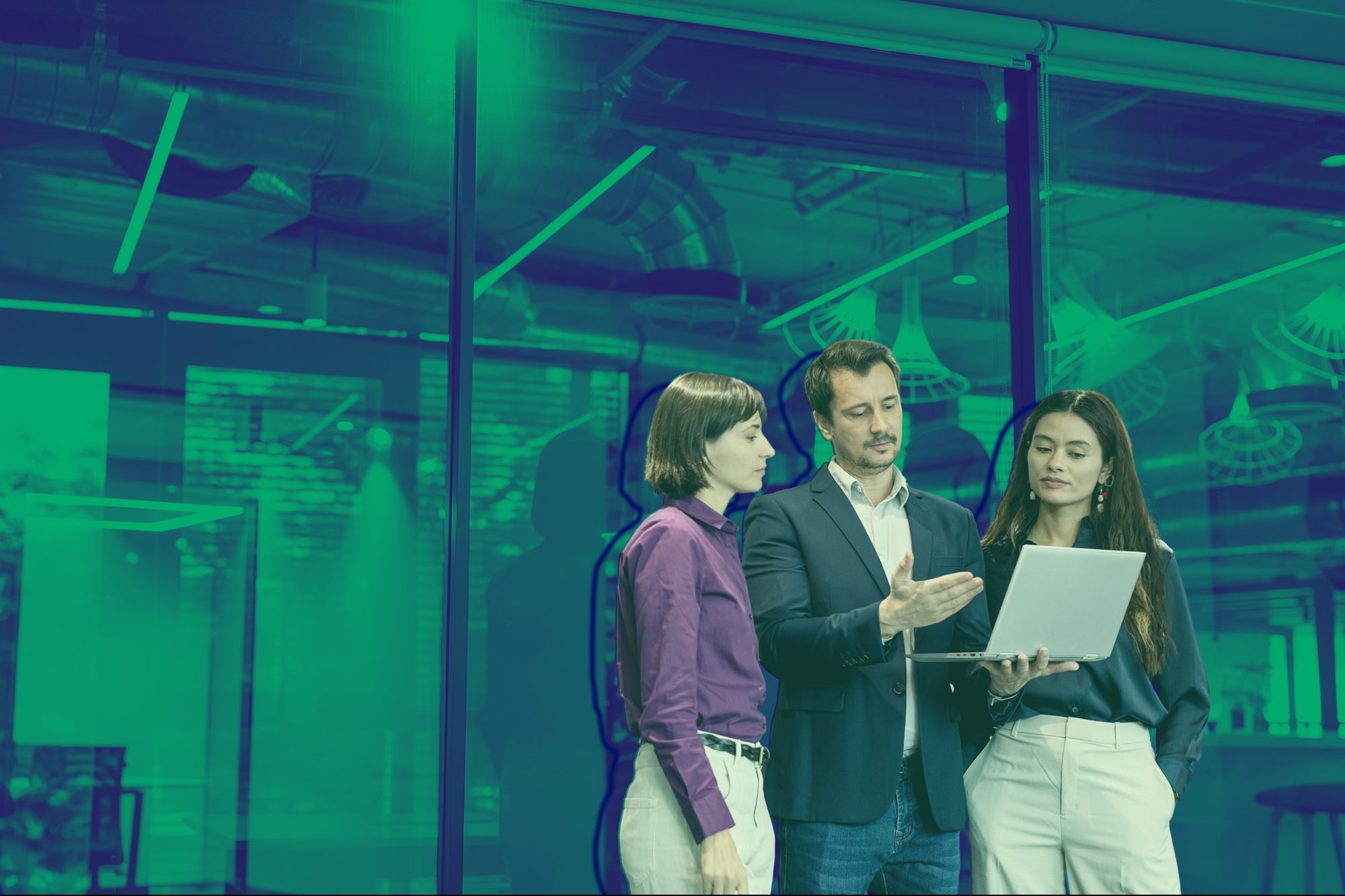Importance of Adaptive Office Interior Design Design of the workspace is the key element in setting up a work atmosphere that induces higher productivity
Opinions expressed by Entrepreneur contributors are their own.
You're reading Entrepreneur India, an international franchise of Entrepreneur Media.

The way a company looks at employees has changed immensely over the past few years. Earlier seen as replaceable agents, they have now become an integral part of the office ecosystem. A company is now only considered as good as its' employees. In such a scenario the most important factor to increase efficiency in the organisation is to focus on employee productivity. Many personalise their cabins and cubicles to make them feel more at ease. Thus, the office space in itself becomes a very important part of boosting employee productivity. However, with the shortage of office space, many companies find it difficult to incorporate design elements into their office space. An adaptive office is, therefore, not just about being able to adjust with the different kind of people and job requirements but also about being able to adapt to space constraints.
The Requirement
The first and most important aspect to consider when designing an office is that different job profiles require a differently designed space. For example, a techie will need a space with large boards to make his notes and design his codes well. Similarly, a creative person would require a more comfortable and casual space in the form of bean bag seats or bright coloured walls and signage to motivate and inspire them. Additionally, every individual also works differently. Their thinking processes and working mechanisms are different. Some people like to work in isolation. Having pod-like structures in a common work bay is an excellent way to provide that isolation while still being in a common space with other employees. Co-working office spaces definitely understand these factors and have created a variety of different seating arrangements and areas within one common space. The millennial generation often finds solace working in cafes, libraries and other public spaces. It is, therefore, a great idea to incorporate design elements of such public joints into the office structure to cater to the growing younger workforce. This trend is very much visible in the design of co-working spaces and is soon gaining popularity in traditional offices as well.
Change of Environment
With people spending increasing amounts of time in their office, offices have become second homes. Discussions on work-life balance have taken centre-stage in many HR strategies. Many companies now try to incorporate designated areas for work and play especially for employees that work extremely long hours. Amenities that were traditionally only in residential complexes like gyms have made their way into workplaces to ensure that employees have the space to take care of themselves despite leading hectic lifestyles. Leading corporates understand the importance of having a place to relax within the office walls and have areas dedicated to indoor games or other recreational purposes.
The New Trends
The design of meeting spaces and conference halls is another important factor in office design. They have to be adaptable to different kinds of meetings. The needs of a client meeting are quite different from that of an internal team meeting where people are brainstorming. The latter requires a more relaxed and easy-flowing atmosphere. It requires a space that inspires creativity and an easy atmosphere that encourages people to participate in the conversation. Client meetings, however, require a level of professionalism that isn't required in the other. Companies need to show their efficiency through these meetings.
Adaptability of the workspace is, therefore, the key element in setting up a work atmosphere that induces higher productivity. Office design can't be overlooked anymore and needs to be part of the HR strategy of a company because it is important that employees feel a sense of belonging to their workspace and like being around. However, it is important to note that, simply having an adaptable office design won't necessarily lead to increased productivity. The office culture also plays a vital role and needs to align with the adaptability that the office space showcases to get optimized outcomes.










